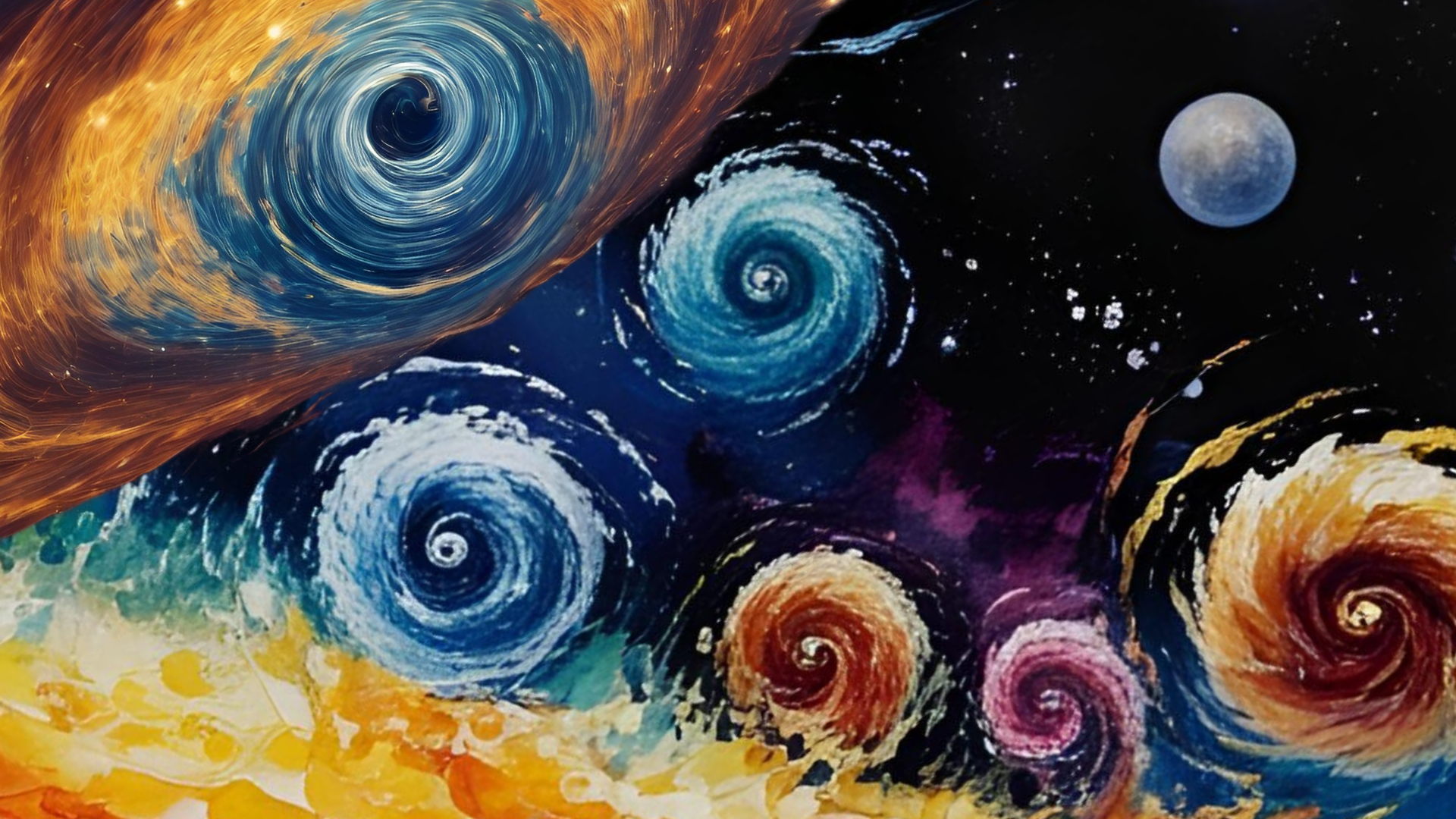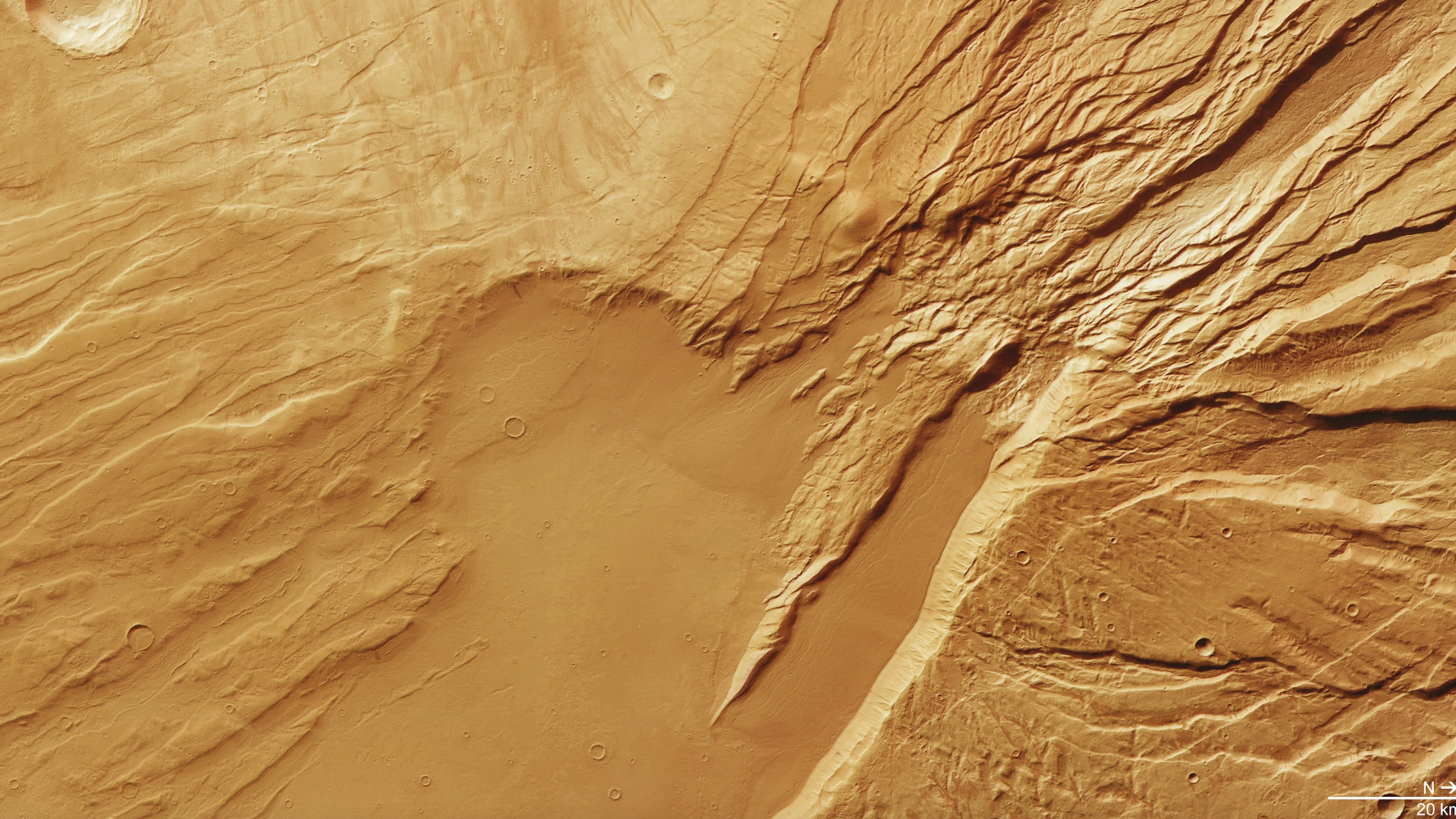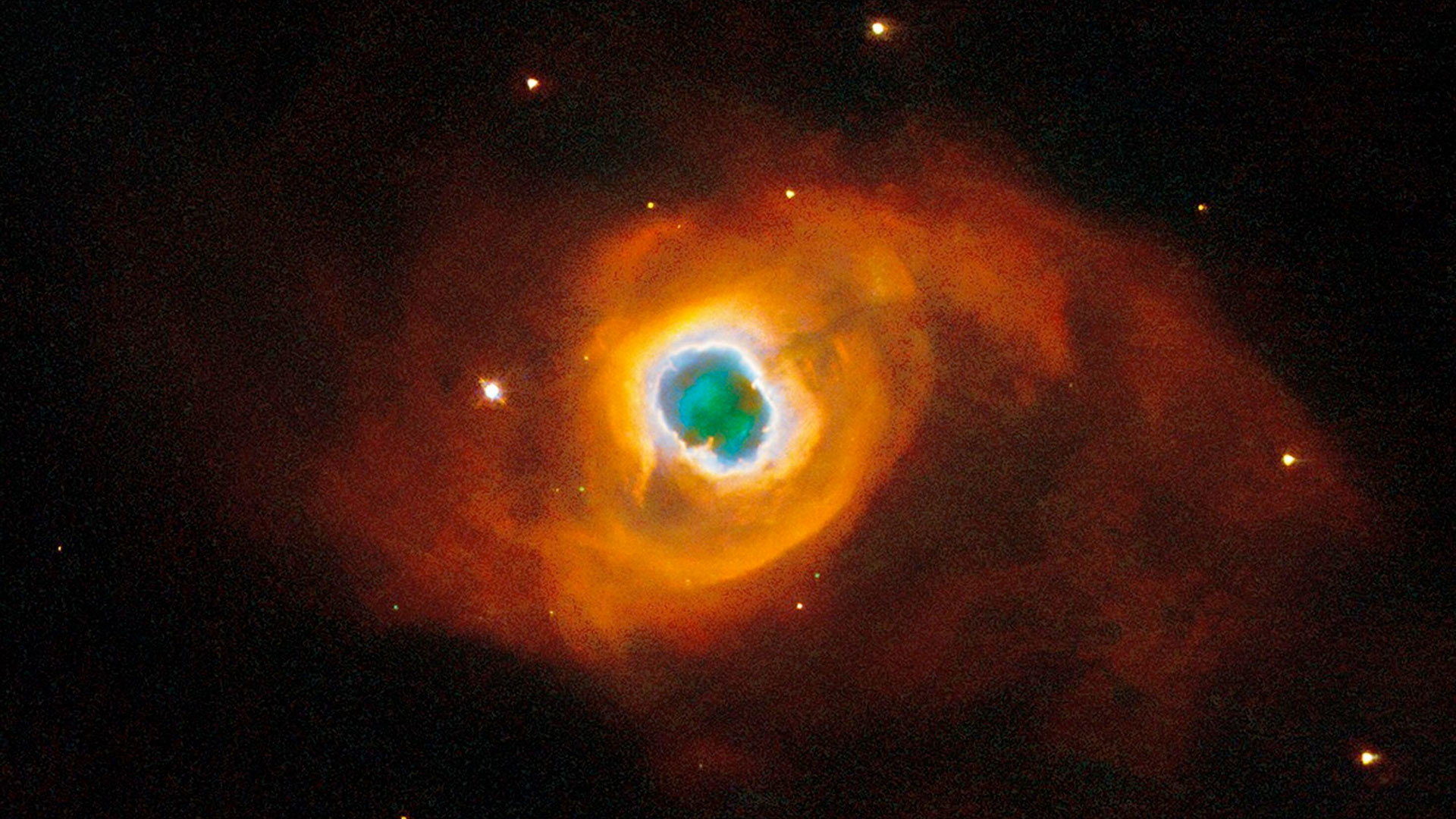NASA's New James Webb Space Telescope Just Got Its 1st Science Targets
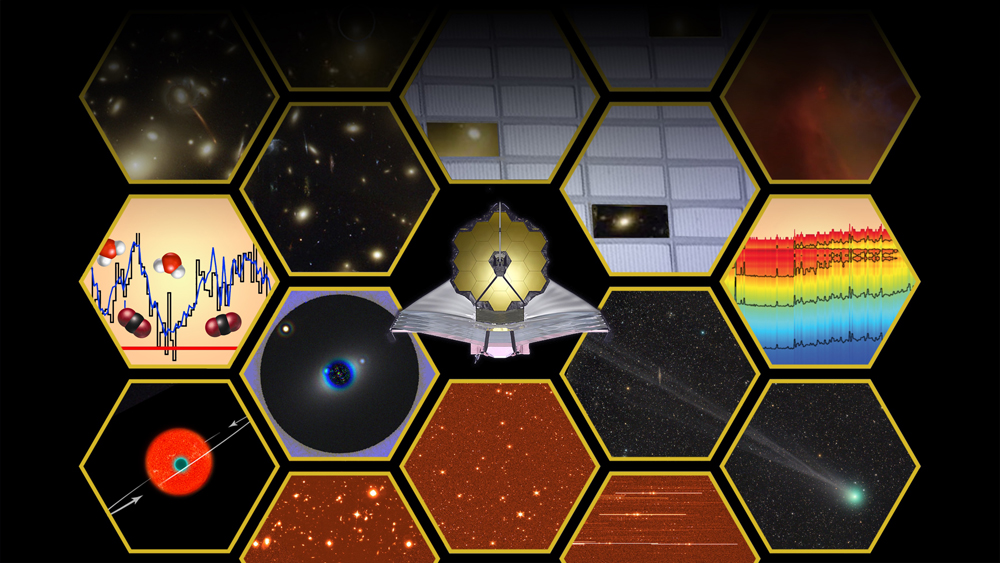
NASA's next-generation large-scale space observatory, the James Webb Space Telescope, is set to train its eyes on the cosmos in 2019. This week, organizers revealed some of the first cosmic objects that the telescope will study.
The Space Telescope Science Institute (STScI), which manages the Webb program, announced Monday (Nov. 13) that it had selected 13 proposals for the initial round of science observations. The programs will demonstrate the Webb telescope's wide-ranging capabilities; the selected programs include observations of Jupiter, studies of remote alien planets, an examination of extremely distant galaxies, and other cosmic duties.
"I'm thrilled to see the list of astronomers' most fascinating targets for the Webb telescope, and extremely eager to see the results," John C. Mather, senior project scientist for Webb and senior astrophysicist at NASA's Goddard Space Flight Center, said in a statement from NASA. "We fully expect to be surprised by what we find." [How NASA's James Webb Space Telescope Works (Infographic)]

The 13 science programs are part of what's known as the JWST Director's Discretionary Early Release Science Program (DD-ERS). The data from these observing campaigns will be immediately released to the scientific community "so they have the opportunity to analyze the data and plan follow-up observations," according to the statement from NASA.
The 13 programs will be conducted within the first five months of Webb's science operations; the telescope has a minimum scientific lifetime of five years.
"We want the research community to be as scientifically productive as possible, as early as possible, which is why I am so pleased to be able to dedicate nearly 500 hours of director's discretionary time to these ERS observations," Ken Sembach, director of STScI, said in the statement.
The 13 programs "represent participation by 253 investigators from 18 countries, 22 U.S. states, and 106 unique institutions … There are an additional 449 science collaborators involved in the programs," according to the statement.
Get the Space.com Newsletter
Breaking space news, the latest updates on rocket launches, skywatching events and more!
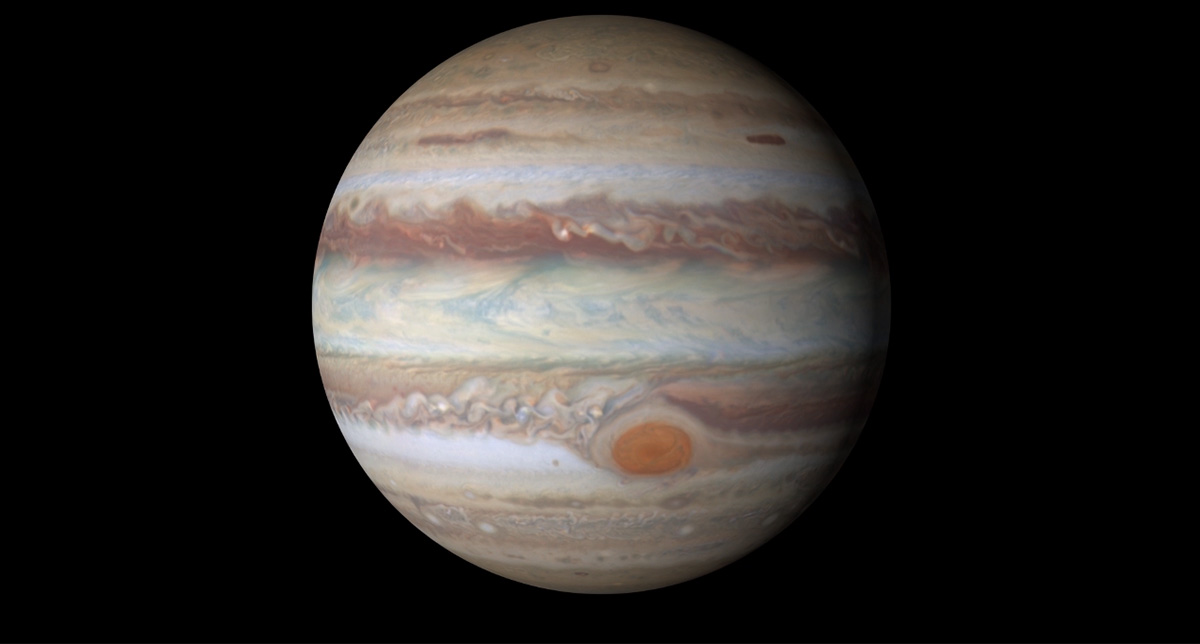
Science programs
One of the accepted science proposals will focus Webb's instruments on Jupiter. The observations will "characterize Jupiter's cloud layers, winds, composition, auroral activity and temperature structure," according to the proposal. The observations could also produce maps of the atmosphere and surface of two of Jupiter's moons, Io and Ganymede. In addition, they could search for plumes on those satellites like those observed on Jupiter's moon Europa.
"Our program will thus demonstrate the capabilities of JWST's instruments on one of the largest and brightest sources in the Solar System and on very faint targets next to it," according to the proposal.
Two of the accepted proposals will train Webb's instrument on planets in other solar systems. One of those proposals will take advantage of Webb's ability to directly image exoplanets — something very few telescopes have high enough resolution to achieve. Another accepted proposal aims to develop scientists' ability to use Webb to study the atmosphere of exoplanets.That is done by watching the planet transit in front of its parent star, and then capturing the starlight that passes through the planet's atmosphere. This light picks up information about the chemical composition of those gases.
"JWST presents the opportunity to transform our understanding of planets and the origins of life by revealing the atmospheric compositions, structures, and dynamics of transiting exoplanets in unprecedented detail," according to the proposal. "However, the high-precision, time-series observations required for such investigations have unique technical challenges, and our prior experience with HST, Spitzer, and Kepler indicates that there will be a steep learning curve when JWST becomes operational."
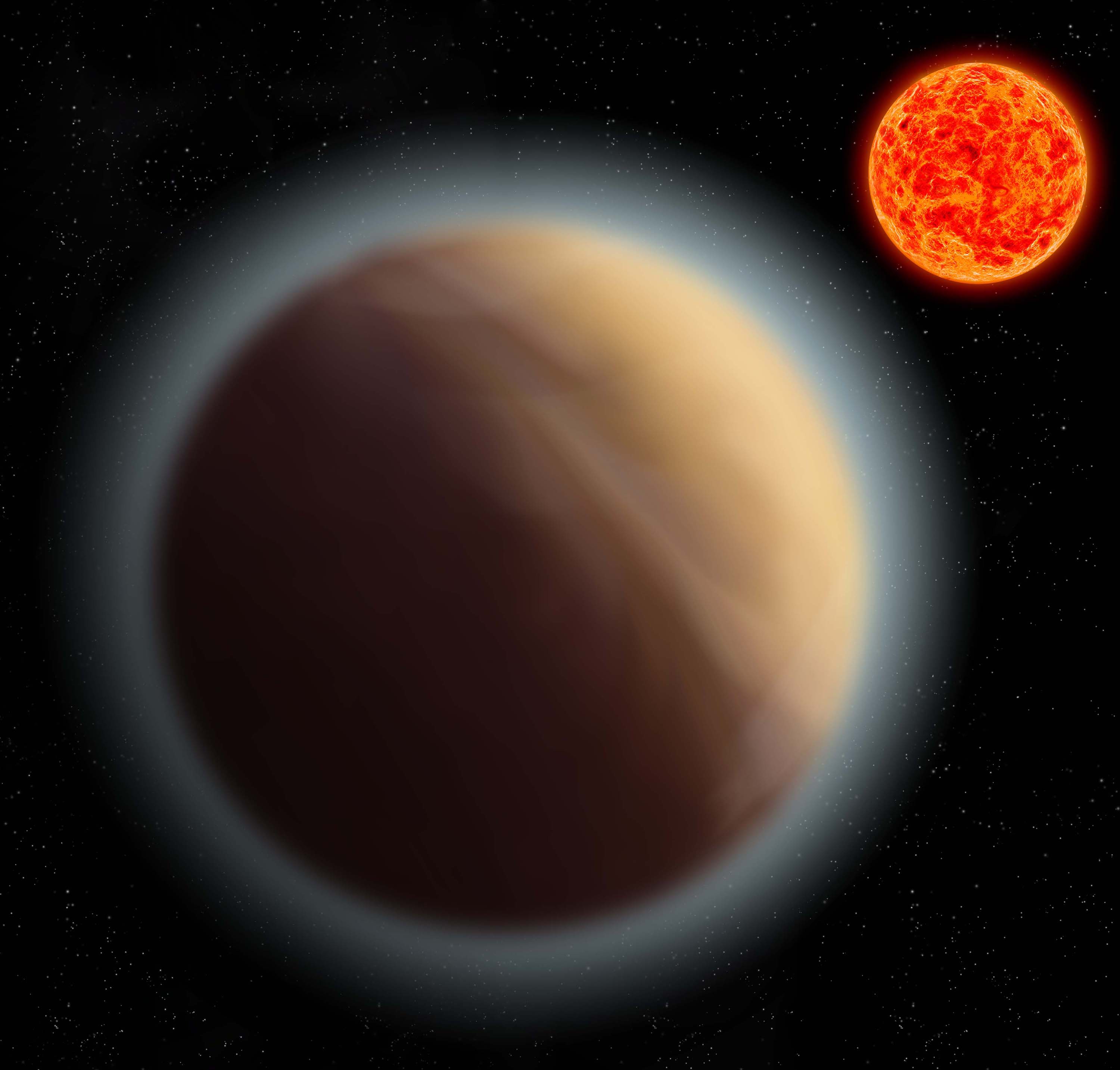
A representative from STScI said organizers have not yet confirmed which exoplanets Webb will focus on for these studies, because the exact launch date for Webb has not been determined (it is currently set for spring 2019). A change in the launch timeframe would subsequently change which part of the sky Webb will be observing in its first five months. But initially, the study of exoplanet atmospheres will involve large, gaseous planets like Jupiter, because they are "easier targets on which to apply this technique," according to NASA.
"The results will help guide observing strategies for smaller, mostly rocky and more Earth-like super-Earths, where atmospheric composition may give hints of a planet's potential habitability," officials said in the statement.
Finally, a fourth proposal will train Webb's instruments on some incredibly distant galaxies. For this science observation project, Webb will study regions of the sky "already examined by [the Hubble Space Telescope's] Frontier Fields program, such as the galaxy cluster MACS J0717.5+3745. Webb data will complement Hubble's, giving astronomers new insights into these cornucopias of galaxies," according to the statement from NASA.
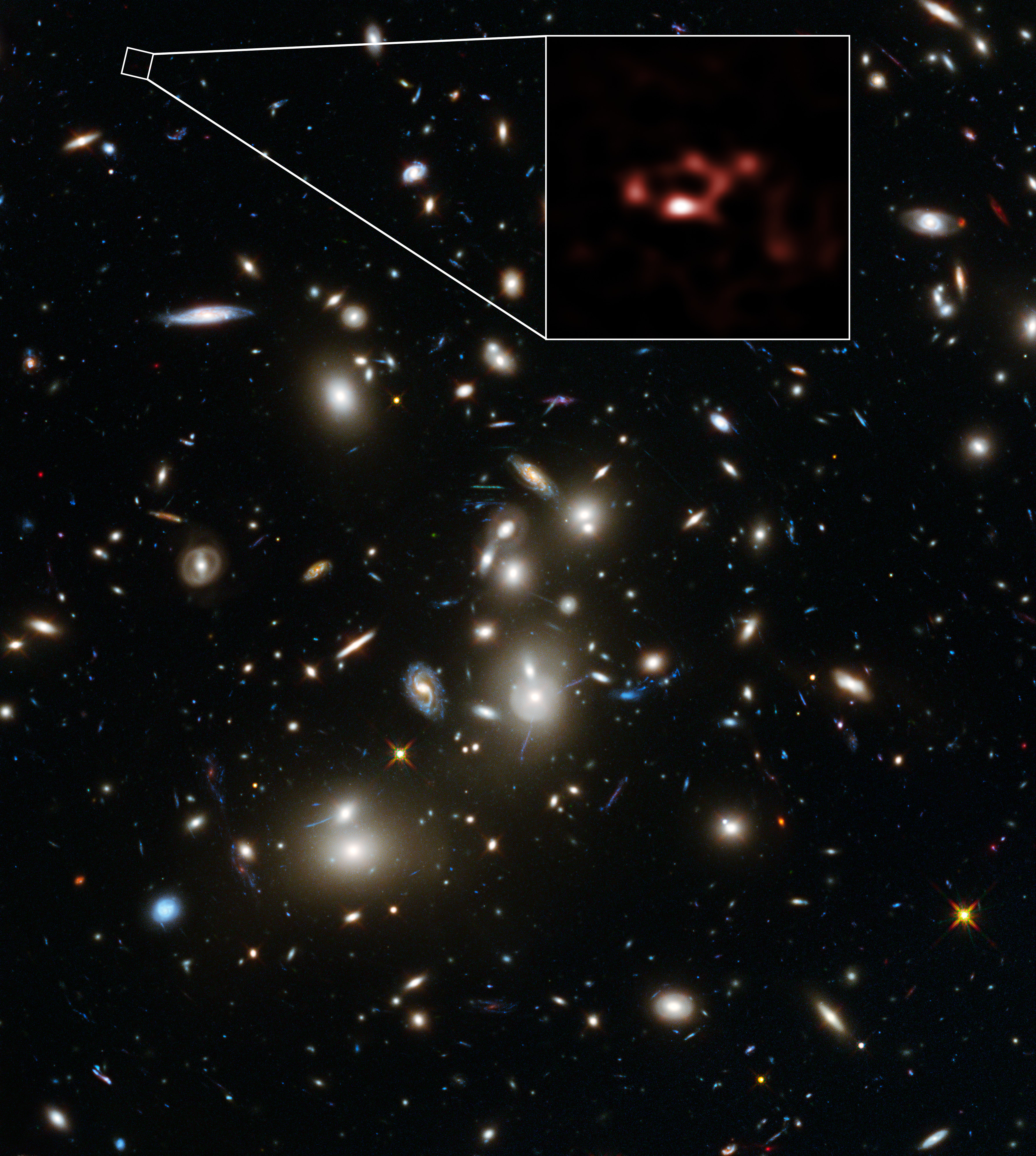
Galaxy clusters are a helpful tool in astrophysics because their incredible mass can bend and magnify light from objects that lie beyond them, as seen by an observer on Earth. That means researchers can use this gravitational effect (called gravitational lensing) to see extremely distant galaxies. Those observations can reveal new information about how early galaxies formed and how they differ from modern galaxies. According to one of the accepted proposals, these studies may also reveal new information about the history of the very early universe, including the epoch of reionization, or the end of the "dark ages" in the early universe.
Eventually, Webb will be able to spot even more distant galaxies and galaxy clusters than Hubble was capable of seeing. Because the universe is expanding, the light from distant galaxies gets stretched out as it travels toward Earth; this changes the wavelength of light from those galaxies, stretching visible light into the infrared range. Webb was designed specifically to capture light in this range, to allow scientists to study those distant galaxies.
"These observing programs not only will generate great science, but also will be a unique resource for demonstrating the investigative capabilities of this extraordinary observatory to the worldwide scientific community," Sembach said in the statement.
Follow Calla Cofield @callacofield. Follow us @Spacedotcom, Facebook and Google+. Original article on Space.com.
Join our Space Forums to keep talking space on the latest missions, night sky and more! And if you have a news tip, correction or comment, let us know at: community@space.com.

Calla Cofield joined Space.com's crew in October 2014. She enjoys writing about black holes, exploding stars, ripples in space-time, science in comic books, and all the mysteries of the cosmos. Prior to joining Space.com Calla worked as a freelance writer, with her work appearing in APS News, Symmetry magazine, Scientific American, Nature News, Physics World, and others. From 2010 to 2014 she was a producer for The Physics Central Podcast. Previously, Calla worked at the American Museum of Natural History in New York City (hands down the best office building ever) and SLAC National Accelerator Laboratory in California. Calla studied physics at the University of Massachusetts, Amherst and is originally from Sandy, Utah. In 2018, Calla left Space.com to join NASA's Jet Propulsion Laboratory media team where she oversees astronomy, physics, exoplanets and the Cold Atom Lab mission. She has been underground at three of the largest particle accelerators in the world and would really like to know what the heck dark matter is. Contact Calla via: E-Mail – Twitter
